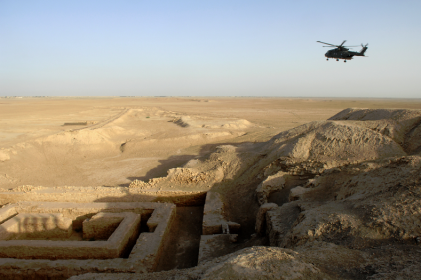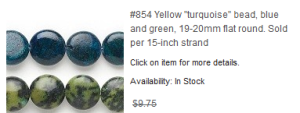
The federal government is about to take a step backward regarding labeling with the metric system. Comments are needed by October 30.
It seems the Alcohol and Tobacco Tax and Trade Bureau (TTB)—which is part of the Department of the Treasury—has proposed adding U.S. customary measures in addition to metric system measures on some booze. This would be a regressive action as most alcohol volumes are currently listed with only metric measures, as in 750 mL and 1.75 liters of wine and distilled spirits.

Most current alcohol labels only include metric system units. The government is trying to change that to include U.S. customary units. Please make your voice heard.
The only exception I’ve found by personal observation is beer. (Maybe because we don’t export much beer to countries that require metric units—which is most of them.)
Of course, trying to coax this “bottom-line” information out of the rulemaking documents is almost impossible unless you know what you’re looking for. I certainly struggled.
I read the Code of Federal Regulations (CFR) so you don’t have to
The relevant documents are:
27 CFR Part 4: Elimination of Certain Standard of Fill for Wine
(If you really want to get twisted around, also see this entry called “Labeling and Advertising of Wine.”)
Yikes.
And…
27 CFR Parts 5, 7, 26, and 27: Elimination of Certain Standards of Fill for Distilled Spirits; Amendment of Malt Beverage Net Contents Labeling Regulation
Both documents were incredibly difficult for me to decipher, but it looks like it comes down to this (from the webpage for the “Fill of Wine” information):
TTB is also proposing to amend the labeling regulations for distilled spirits and malt beverages to specifically provide that distilled spirits may be labeled with the equivalent standard United States (U.S.) measure in addition to the mandatory metric measure, and that malt beverages may be labeled with the equivalent metric measure in addition to the mandatory U.S. measure. Such labeling is currently allowed, but that is not explicitly stated in current regulations. This revision will align the distilled spirits and malt beverage labeling regulations with current policy and also with the wine labeling regulations. The wine labeling regulations state that wine may be labeled with the equivalent standard U.S. measure in addition to the mandatory metric measure. (Emphasis mine.)
While the proposed rule for both were made on July 1, 2019, with a deadline for comments by August 30, 2019, the deadline was extended to Wednesday, October 30.
 The extension document for the revised October 30 document deadline (left)
The extension document for the revised October 30 document deadline (left)
(Why they didn’t update the new comment date on the actual documents, I don’t know. A revision issue?)
The bottom line?
Right now, most liquor has just metric measures but these proposed changes apparently want to add U.S. customary units. In addition, neither proposed rulemaking mentions which units would be listed first and second on labels. This makes a huge difference in what gets people’s attention. I consider this a big step backward in metric system adoption regardless of the order eventually listed.
Please weigh in on this issue
To comment, go to the respective pages below and hit the “Submit a formal comment” button on the top of the page.

- Elimination of Certain Standards of Fill for Wine
- Elimination of Certain Standards of Fill for Distilled Spirits; Amendment of Malt Beverage Net Contents Labeling Regulation
Note that the page says:
You are filing a document into an official docket. Any personal information included in your comment text and/or uploaded attachment(s) may be publicly viewable on the web.
Thus, be careful about what you include in your text if you don’t want it to be public.
I encourage you to IMMEDIATELY comment on these proposed changes in the comment sections and make your voice heard.
Will it make a difference?
I can’t promise it will, but at least we can let “the powers that be” know that people care about this issue and we don’t want to backslide.
Why did I wait so long to post this? Let’s face it, most of us wait until a deadline looms before we respond. The deadline looms. Please take a couple of minutes and respond.
It could make all the difference in the world. Only history will tell.
Thanks for your attention.
Linda




















